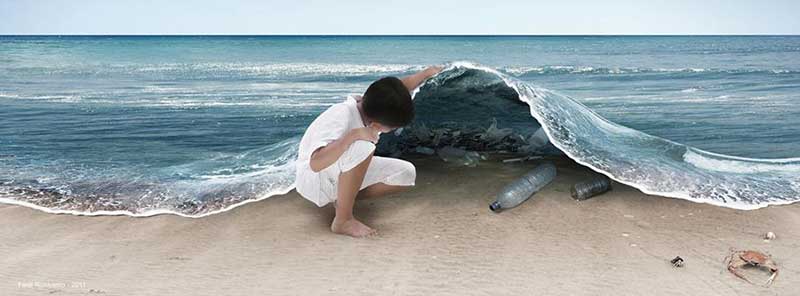I media e le issues ambientali | eatparade
A key role in increasing awareness of environmental issues is covered by the media. However, on the one hand the uncertainty on the environmental phenomenon and, on the other, the little scientific knowledge about this issue are the basis of the critics moved to the media. They are, in fact, accused to treat environmental issues in a simplistic way and to convey contradictory messages, causing loss of credibility. The uncertainty and complexity of scientific information on many environmental phenomena are due to several factors, such as the absence or incompleteness of data.
The occasional alarmism and then resizing, next to the simplification of the environment sphere, highlight how the whole phenomenon is treated by two different sides. As for the first, enviromental issues are covered by media just to “make the news” on some rare occasions, such as disasters or accidents. Then, there is a second way of covering eviromental issues: they judge enviromental policies and how good, or not, they have been in order to solve, or not, a certain issue.
Another common practise would be the one according to which are juxtaposed a high level and immediate emphasis for a certain tragedy or emergency and, then, after a short amount of time, a complete “media-silence”. News and commentary tend to be prevailing on scientific analysis and investigation, not to mantion the fact this kin of issue tend to be told not at the very beginning of newspapers’ pages, so as to not be so visible to the reader’s attention.
New technologies have introduced a powerful new tool for enviromental information and communication . Internet offers, in fact, a huge amount of environmental information on sites of all kinds, promoted by government agencies, businesses, service companies, environmental organizations and research centers, which make extensive use of telematics as potential strategic tools to communicate on their activities. The logic of hypertext and the possibility of using multimedia languages provide easy access to information and a wide range of services, based on a two-way communication, such as forums, newsgroups, accessible databases, etc.
It is appropriate to consider the great realities born in the Web 2.0 as real media channels, also known as Social Media, antagonists and, at the same time, complementary to traditional media (TV, print, radio).






